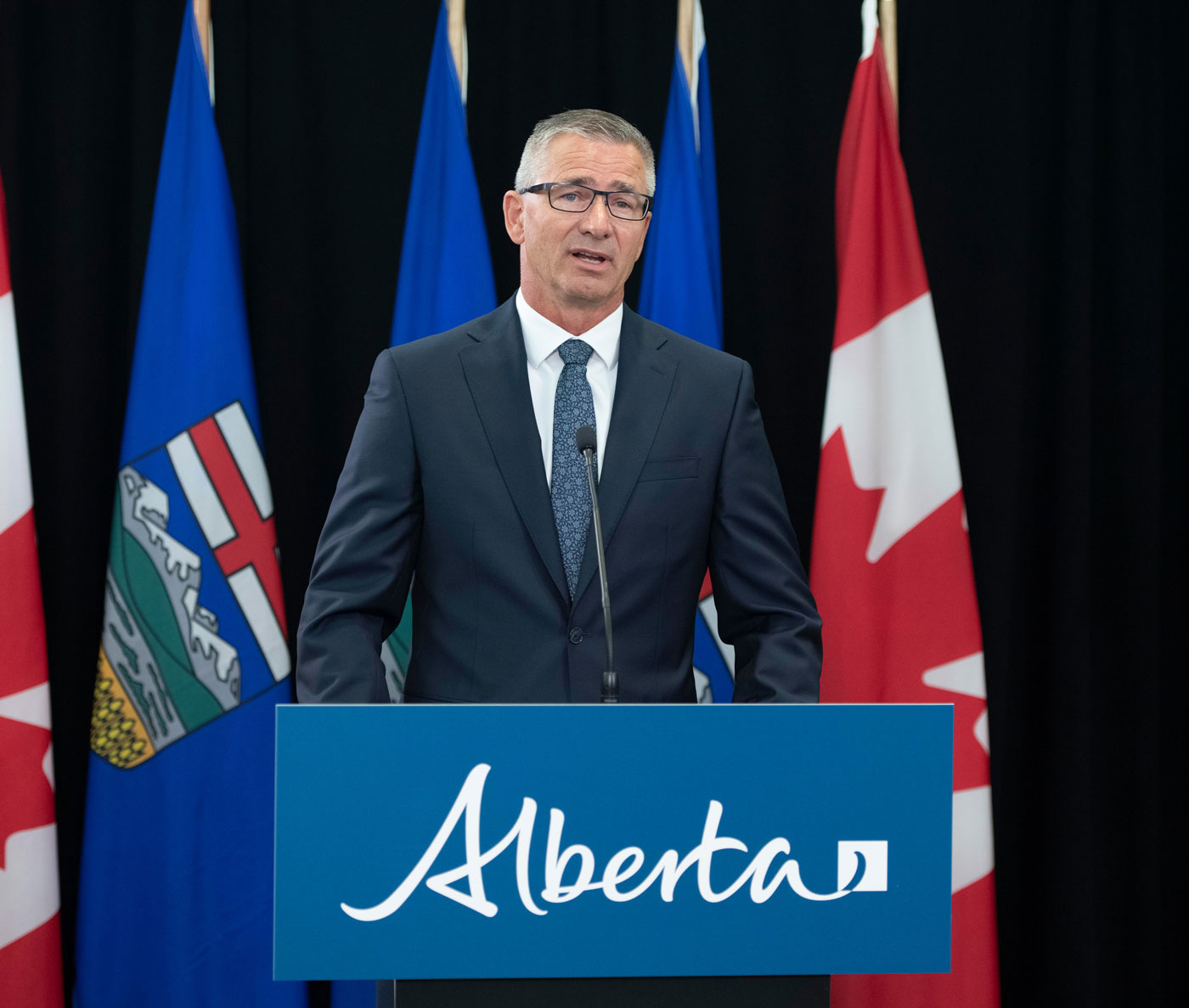The government of Alberta has confirmed that Alberta’s Recovery Plan to diversify the economy and create jobs is working as the economic outlook has improved over the first three months of the fiscal year.
As of July, Alberta added 73,000 jobs since the beginning of the year and has now recovered nearly 90 per cent of the jobs lost when the pandemic first took hold in the province.
“After a historically challenging year, Alberta’s economy is already witnessing signs of recovery and growth. While this indicates Alberta’s Recovery Plan is working, we know there is still more to do to create jobs and restore Alberta’s place as the economic driver of the nation. We will continue to bring spending in line with that of other provinces, attract more investment and get Albertans back to work,” said President of Treasury Board and Minister of Finance, Travis Toews.
Real gross domestic product (GDP) is expected to grow by 6.7 per cent in 2021, an increase from the budget forecast of 4.8 per cent.
Increased investment and economic activity have led to the unemployment rate falling to 8.5 per cent.
Despite improvements in Alberta’s economy, a deficit remains.
Alberta will pay $2.6 billion in debt servicing costs this year, more than it spends on all but four government departments.
Alberta’s government is aware the situation can change rapidly, and instead of relying on resource revenue, will control spending.
Alberta’s government continues to hold three fiscal anchors to guide decision-making including keeping net debt below 30 per cent of GDP, aligning per capita spending with comparator provinces, and setting a time frame for balancing the budget once the government has a clear picture of the long-term global impacts of the pandemic.
The deficit for 2021-22 is forecasted at $7.8 billion, $10.5 billion lower than reported in the budget, while revenue forecast is $55 billion, $11.3 billion higher than reported in the budget, expenses are forecasted at $62.7 billion, and the taxpayer-supported debt is forecasted at $105.7 billion, $4.9 billion lower than estimated in the budget.
The net debt-to-GDP ratio is an estimated 19.6 per cent at the end of the fiscal year.








